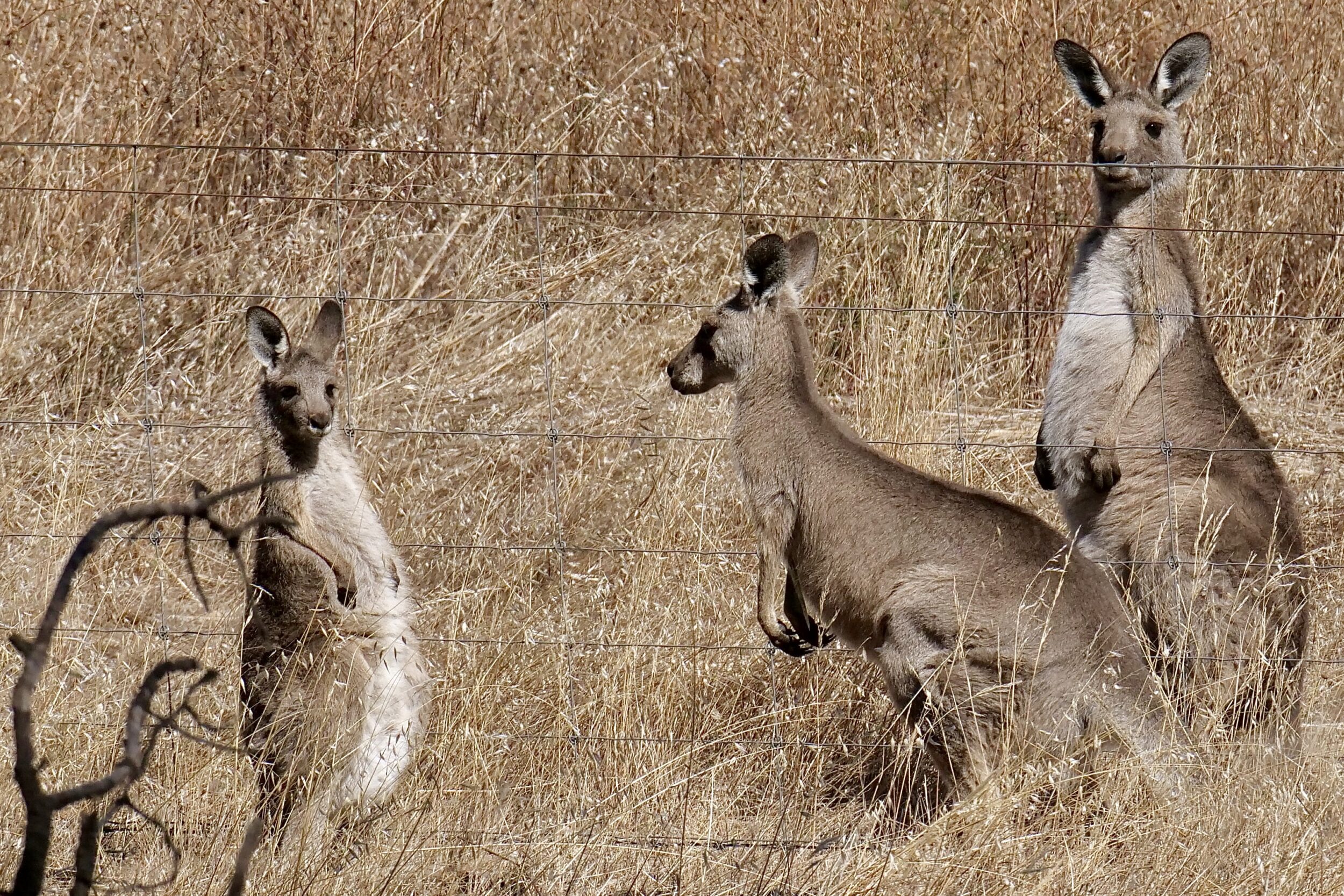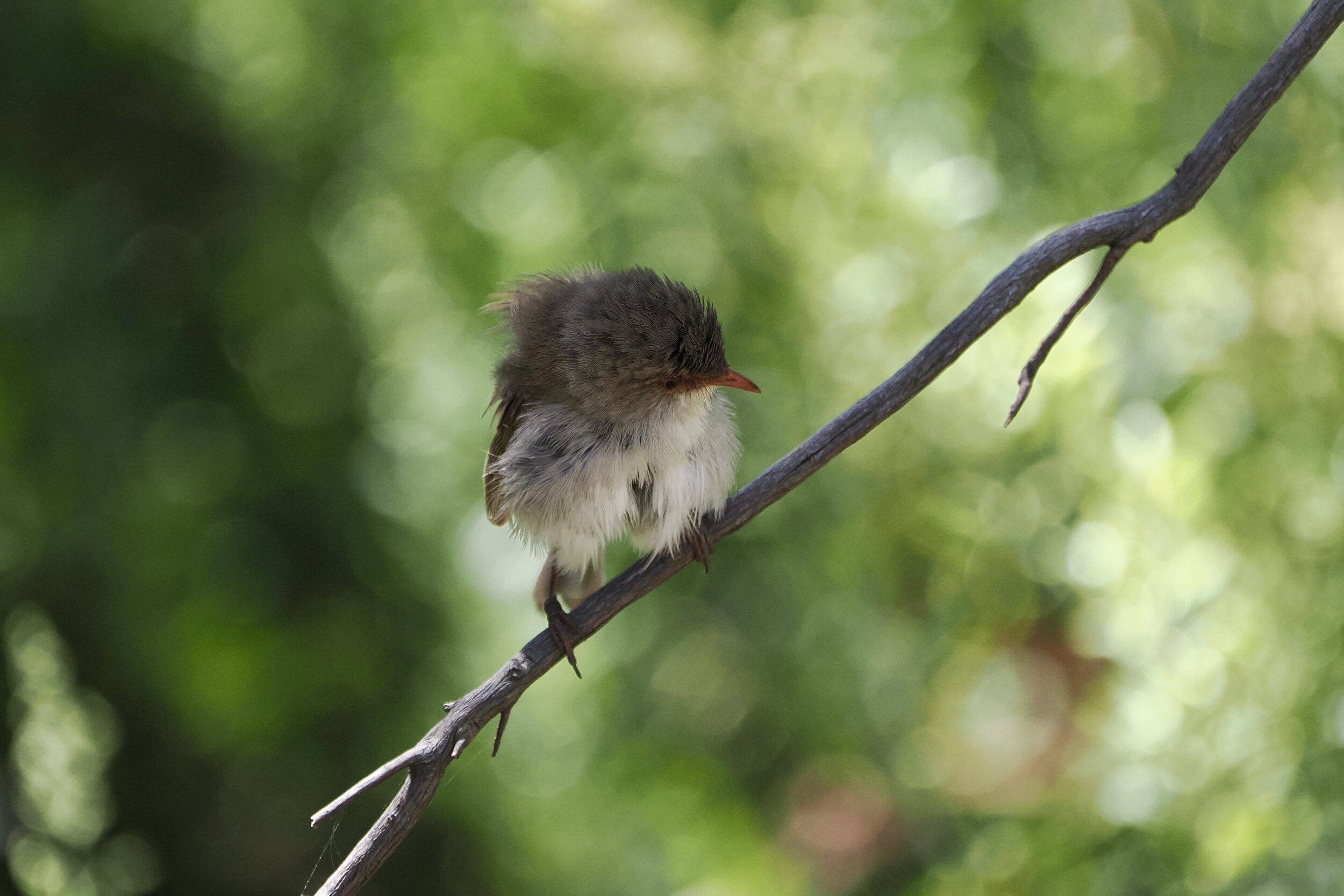Superb Fairy-wrens and Splendid Fairy-wrens both deserve their names.
The former – Malurus cyaneus, pictured above – is the “Blue-wren” most familiar to humans who reside in Australia’s southeast.
The latter – Malurus splendens – is the Blue-wren most commonly seen in Australia’s southwest.
Comments closed








